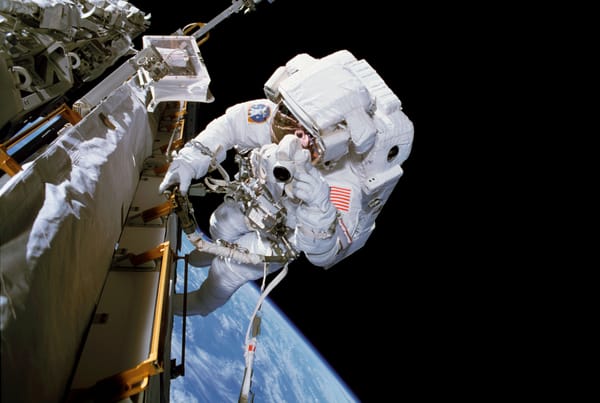The notion of natural quasicrystals is here to stay
In November 2008, Luca Bindi, a curator at the Universita degli Studi di Firenze, Italy, found that the alloy of aluminium and copper called khatyrkite could be a quasicrystal. Bindi couldn’t be sure because he didn’t have the transmission electron microscope necessary to verify his find, so he couriered two grains of it to a lab in Princeton University. There, physicists Paul Steinhardt – whose name has been associated with the study of quasicrystals since their discovery in 1982 – and Nan Yao made their monumental discovery: the alloy was indeed a quasicrystal, and that meant these abnormal crystal structures could form naturally as well.
Before 1982, solid substances were either crystalline or amorphous. The atoms or molecules of crystalline substances were neatly stacked in a variety of patterns, but in patterns nonetheless, that were repetitive – whether you moved them to the left or right or rotated them by some amount. In amorphous substances, their arrangement was chaotic. Then, the physicist Dan Shechtman discovered quasicrystals, crystalline solids whose atoms or molecules were arranged in patterns that were orderly but, somehow, not repetitive. It altered the extant paradigm of physical chemistry, overthrowing knowledge a century old and redefining crystallography. Shechtman won a Nobel Prize in chemistry for his work in 2011.

The discovery that khatyrkite did in fact harbor quasicrystals, on New Year’s Day 2009, triggered an expedition to the foot of the Koryak Mountains in eastern Russia in 2011. Steinhardt and Bindi were there, and his team found some strange rocks along a stream 230 km to the south-west of Anadyr, the capital of Chukotka, in which quasicrystal grains were embedded. More fascinating was the quasicrystals’ composition itself, identified as icosahedrite and thought to be of extraterrestrial origins. Steinhardt & co. think it formed in our solar nebula 4.57 billion years ago – when Earth was being formed, too – and got attached to a meteorite that crashed on Earth 15,000 years ago.
The latest results from this expedition were published in Scientific Reports on March 13. For all its details, the paper remains silent about the ten years of work and dedication consumed in discovering these anomalous crystals in a remote patch of the Russian tundra, about the human experience that fleshed out the discovery’s implications for the birth of the Solar System. Fortunately, Virat Markandeya was loud about it, in the November 2013 issue of Periscope magazine, and well. The piece is a must-read now that the notion of natural quasicrystals is here to stay.



